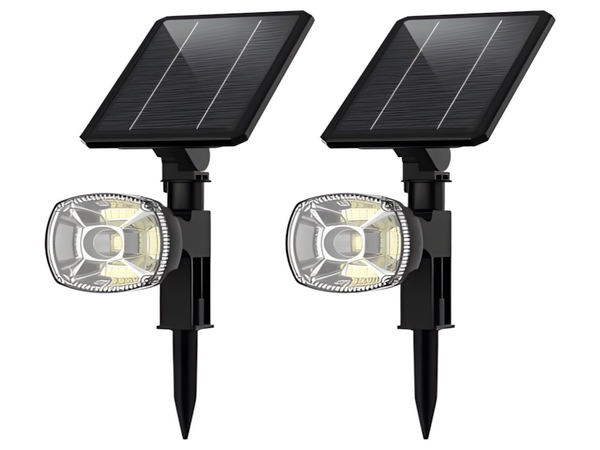
Many villages find it challenging to select the specifications and models of solar street lights, as issues such as the height of the lamp post and the power of the LED light source can be daunting for those without expertise. Since these are technical issues, it is essential to rely on authoritative organizations for answers. Below, the editor from Century Sunshine Lighting will introduce the suitable installation height for solar street lights in rural areas.
The height of solar street lights can be referenced with relevant data. Generally, there are several conventional height requirements: the height of street lights on both sides of national highways must not be lower than 12 meters, while on urban secondary roads, the height must not be lower than 10 meters, and in urban streets, it must not be lower than 8 meters.
From this data, we can infer that the higher the lamp post, the wider the required illumination area, thus necessitating a higher power for the light source. In rural streets, which are generally narrower with lower pedestrian traffic and shorter activity duration at night, it is advisable to keep the height of solar street lights below 7 meters. This recommendation is supported by two factors.

1. Configuration Issues
The taller the lamp post, the larger the required light source power. Conversely, a lower lamp post requires less power. For solar street lights, a smaller light source does not simply mean energy saving; it can reduce the overall level of the solar power system configuration. The price difference between lower and higher configurations can be significant, with a typical difference of several hundred dollars per unit. When considering dozens or hundreds of units, this cost becomes crucial.
2. Maintenance/Repair
Like other mechanical and electrical devices, solar street lights require maintenance. For example, in an environment with poor conditions, where dust is often blown around, regular maintenance is necessary. After six months or a year of use, it is essential to clean the dust from the surface of the solar panels. If the panels accumulate too much dust, it will severely hinder light collection, leading to an extended state of battery discharging and significantly diminishing battery life.

Furthermore, solar street lights below 7 meters, especially at 6 meters, have the advantage of easy maintenance. LED light sources are electronic components that may encounter issues. When problems arise, repairing a 6-meter tall light is straightforward, requiring only a ladder or two sets of scaffolding. Taller lamp posts do not offer this advantage.
From the above analysis and comparison, it is clear that for rural streets, solar street lights below 7 meters are a suitable choice. Additionally, solar street lights are generally utilized in new rural areas. As the technology for solar street lights matures, when purchasing them, it is crucial to choose reputable manufacturers and avoid opting for low-cost offerings from small workshops, as this may compromise quality.



